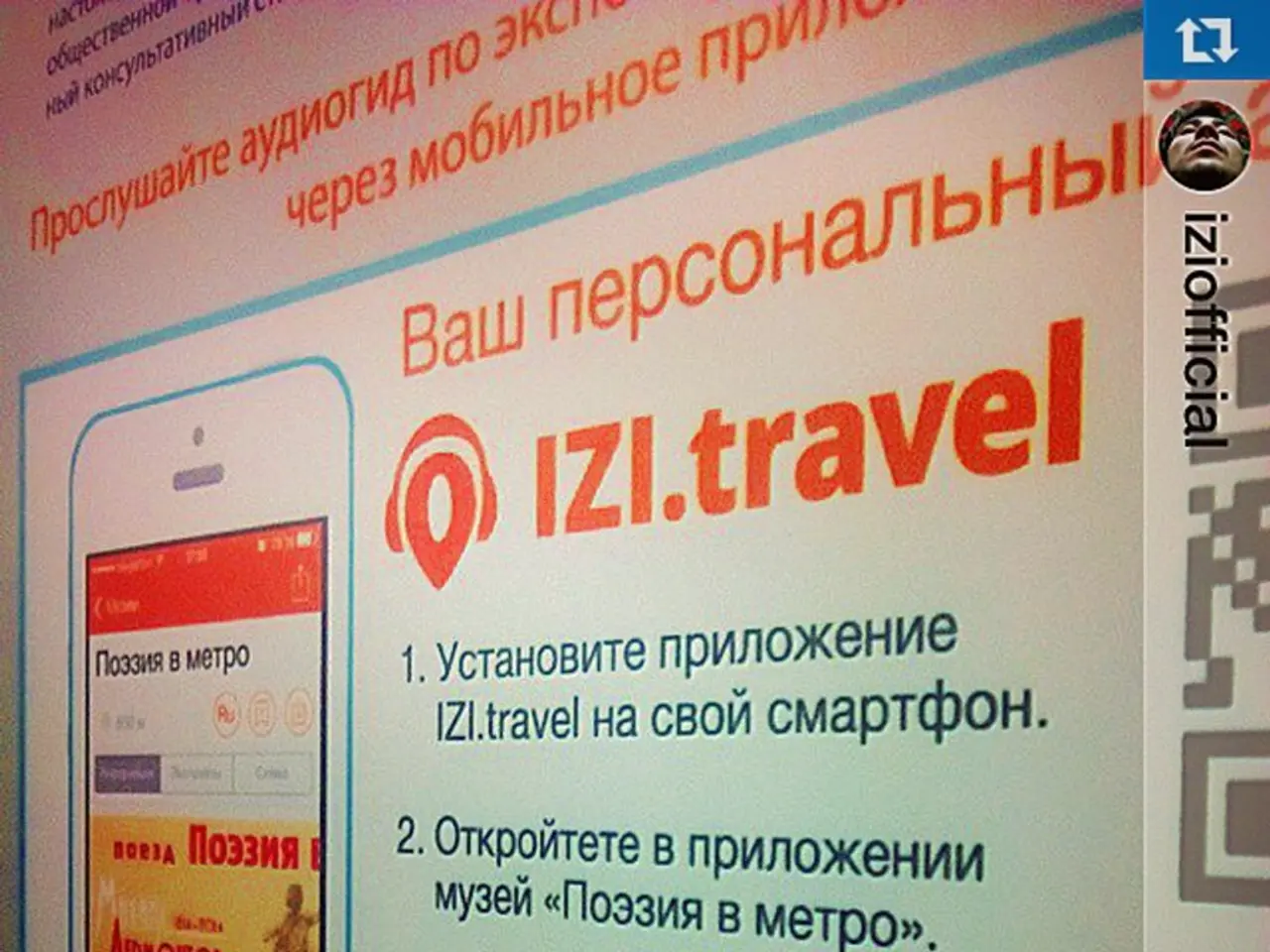Venture Beyond Your Sector for Innovative Resolutions
In the wake of the last two years' unprecedented challenges, businesses worldwide have been compelled to rethink their operations and seek innovative solutions. This shift has led to a comprehensive review of every aspect of business, with a focus on finding creative approaches to problem-solving.
Sheena Iyengar, a renowned scholar, posits that innovation stems from combining existing knowledge in new and unconventional ways. This philosophy is echoed by experts who advocate for looking beyond one's industry for creative solutions.
The intersection of different sectors can yield unexpected benefits. For instance, a groundbreaking collaboration between detectives and doctors in Rhode Island led to insights on analyzing symptoms, sifting through evidence, and narrowing down culprits. Similarly, a London hospital improved its patient handover procedures by studying Formula One racing car pit stops.
In the new era of digital transformation, leaders must challenge basic assumptions to identify opportunities and make decisions. They should encourage team members to learn from experts in other industries, fostering an environment that embraces diversity in expertise and innovation.
Organizations can innovate faster by seeking solutions that have worked in unrelated fields. For example, the healthcare and semiconductor industries have benefited from the transfer of effective tools and practices. Healthcare's utilization of Failure Mode and Effects Analysis (FMEA) has improved risk control in semiconductor projects.
Moreover, combining complementary strengths across industries can lead to significant improvements in operational processes. The automotive and ICT industries have demonstrated the value of Agile methodologies in automotive development, which balance rapid iteration and long validation cycles, in scaling Agile in information technology teams.
Cross-industry collaborations bring unique resources, tools, and networks, leading to creative problem-solving. Retailers, charities, and technology firms have shown this through surplus partnerships that have led to operational improvements.
Breaking mental fixation is crucial in fast-evolving markets. Exposure to different problem-solving approaches fosters a mindset that embraces doing things differently rather than just faster or incrementally. Adopting cross-industry methods, such as design thinking, can enable teams to understand problems deeply and generate innovative solutions.
In conclusion, by looking beyond their own industry boundaries, organizations gain access to tested methods, novel perspectives, and diverse expertise that fuel innovation, improve problem-solving effectiveness, and enable them to tackle complex challenges more creatively and successfully. This cross-industry fertilization sparks creativity and provides fresh perspectives that can lead to breakthroughs not achievable within conventional industry silos.
The board's role has also evolved to include oversight of data security, risk management, and cyber security in today's business landscape. As businesses continue to push boundaries, understanding and incorporating processes from unrelated industries can lead to innovative ways of delivering solutions to customers, as demonstrated by Henry Ford's adoption of the assembly line method in the auto industry after observing a slaughterhouse in Chicago.
- Entrepreneurship can greatly benefit from education-and-self-development in areas unrelated to one's industry, as exposed to different problem-solving approaches fosters a mindset that embraces doing things differently, enabling innovative solutions.
- In the spirit of realizing untapped potential, business leaders should encourage learning from experts in other sectors, fostering an environment that not only fosters diversity in expertise but also innovation, as demonstrated by Henry Ford's application of the assembly line method from the slaughterhouse industry to the auto industry.




